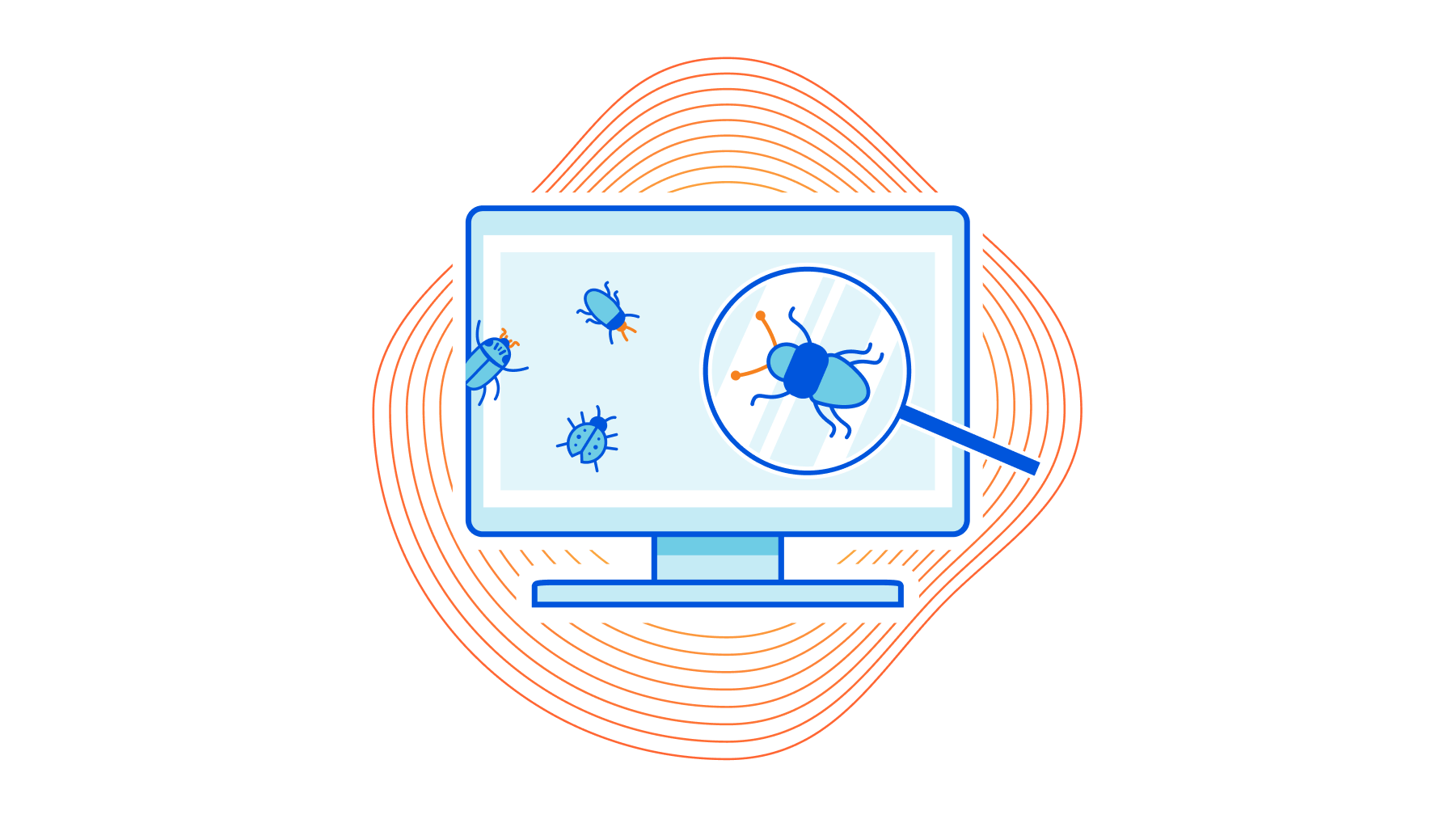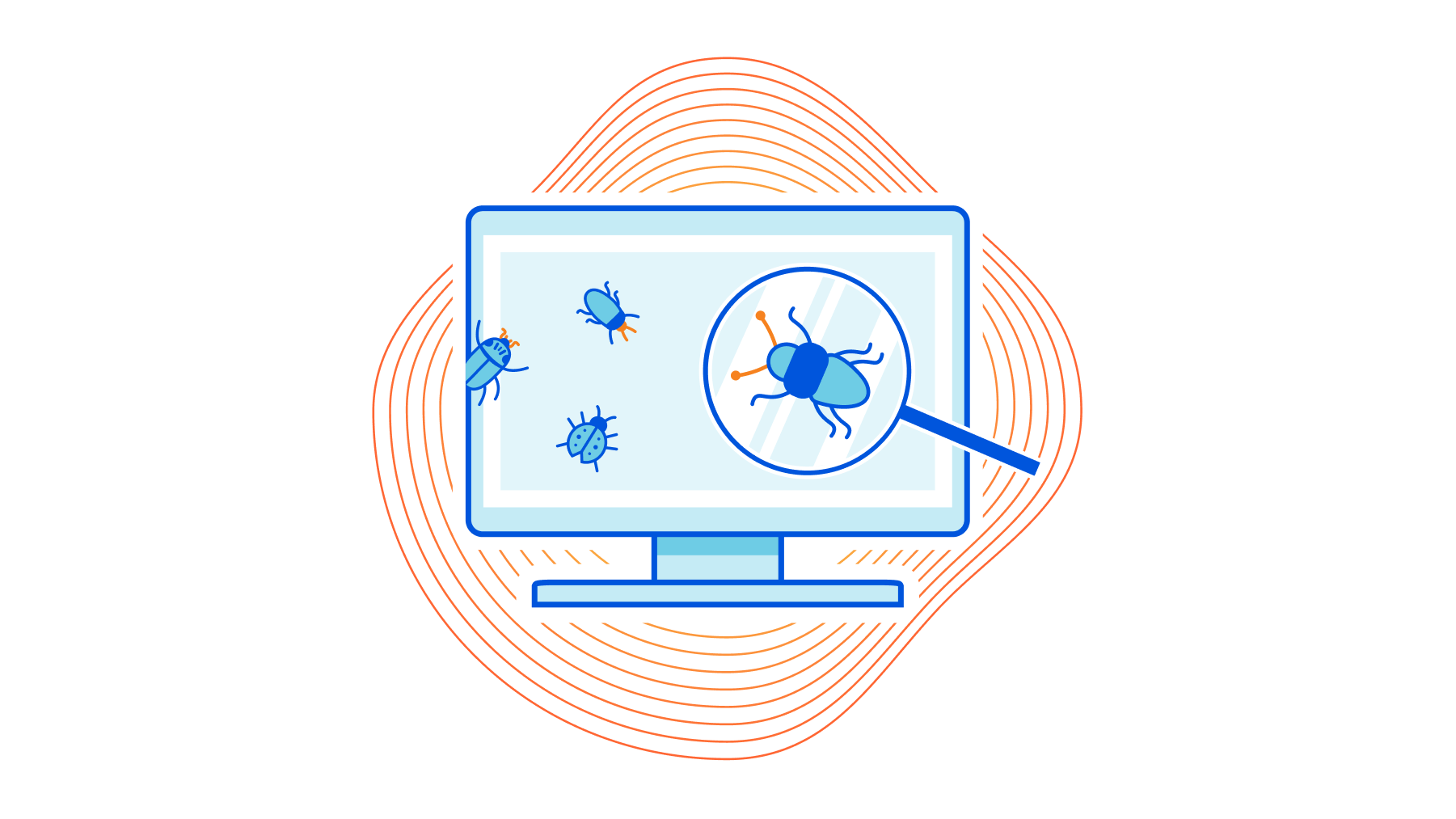Friday Thoughts on the Full Stack

It’s been a great week at Networking Field Day 28 this week with some great presentations and even better discussions outside of the room. We recorded a couple of great podcasts around some fun topics, including the Full Stack Engineer.
Some random thoughts about that here before we publish the episode of the On-Premise IT Roundtable in the coming weeks:
- Why do you need a full stack person in IT? Isn’t the point to have people that are specialized?
- Why does no one tell the developers they need to get IT skills? Why is it more important for the infrastructure team to learn how to code?
- We see full stack doctors, which are general practitioners. Why are there no full stack lawyers or full stack accountants?
- If the point of having a full stack understanding is about growing non-tech skills why not just say that instead?
- There’s value in having someone that knows a little bit about everything but not too much. But that value is in having them in a supervisor role instead of an operations or engineering role. Do you want the full stack doctor doing brain surgery? or do you want him to refer you to a Continue reading




 15 year duty cycle claimed
15 year duty cycle claimed

